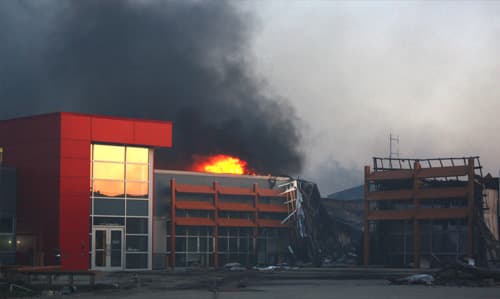As soon as the first fire was spotted on the afternoon of May 14, the Sustainable Resource Development team (SRD) sprang into action. So too did regional firefighters, municipal workers, local businesses and the ordinary citizens of Lesser Slave River. Though these disparate groups had vastly different resources, abilities and knowledge, they worked together in pursuit of a common goal: protection of their communities.
Fanned by winds reaching 100 km/h and fueled by a bone-dry forest, the fire spread incredibly quickly. Midafternoon on day one, it was a by-the-numbers firefighting operation similar to the hundreds that SRD douse every year. But by the next day, there were two fires burning out of control and heading straight toward densely populated areas.
"We were all working in different parts of town. The smoke was incredible and you couldn’t see your hand in front of your face."
— Jamie Coutts, Fire Chief (Emeritus), Lesser Slave Regional Fire Services
As bad as the situation seemed, it grew even worse. Power failed. Water supplies ran dry. Air support was grounded due to excessive winds. Radio communications went down. Key structures and apparatus were consumed by the flames. Despite this progressive worsening of the odds, heroic individuals of every stripe stayed behind to fight. The effects of the fire were devastating to say the least, but they could have been far worse were it not for the tireless efforts, quick decisions and selfless acts of firefighters, RCMP, Sustainable Resource Development, Motor Transport, Fish and Wildlife, MD Council and staff, Town Council and staff, private businesses and countless public citizens.
In the heat of battle, the course of events and responses is always fast and often confusing. Now that the smoke has cleared, the critical roles played by certain groups and individuals have become more apparent and remarkable. This section is dedicated to recognition of their contributions.
Emergency Operations Facts and Figures
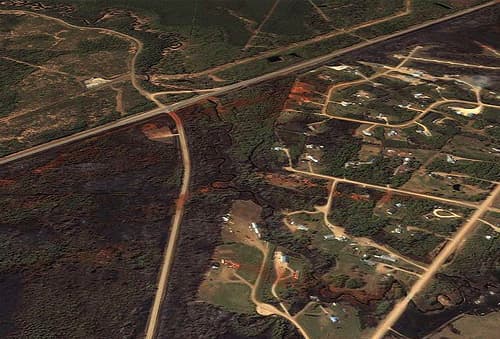
AIR SUPPORT
Air Tankers and Helicopters Dot the Sky
Red fugitive dye from water bombers can be seen in satellite photos of the Lesser Slave River region.
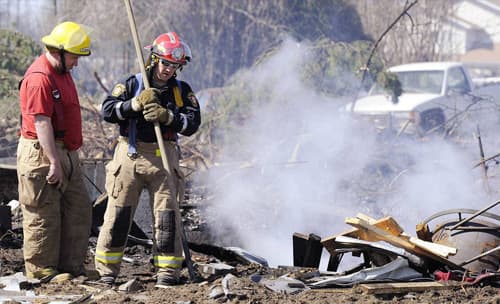
HOT SPOTS
Surveying the Damage
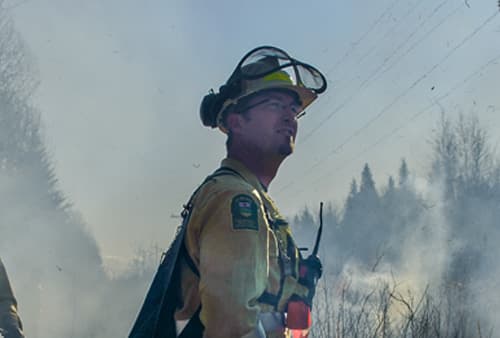
BOOTS ON THE GROUND
SRD Checks for Hotspots
As part of a Strike Team, Alberta Sustainable Resource Development (SRD) Wildfire Rangers check for hot-spots near the site of the point of origin for the fire.

SURREAL SKY
Smoke Blocks out the Sun
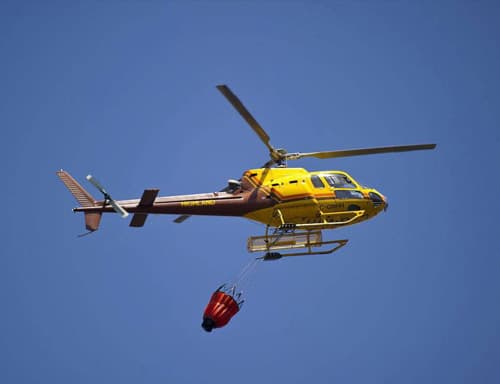
EXTREME CONDITIONS
Sustained Winds Temporarily Ground Aircraft
Air support is thwarted by sustained 100 km/hr winds. Att certain critical points of the firefight, aircraft had to be grounded.

UNPRECEDENTED
Fires Claim 480 Homes
The May 2011 wildrires moved faster, and with more force – pushed by 100-kilometre-an-hour winds – than any other in recorded Canada history.
"I didn't think I was getting out alive. I honestly didn't for a few minutes."

TIRELESS EFFORTS
Local Crew Holds Fast
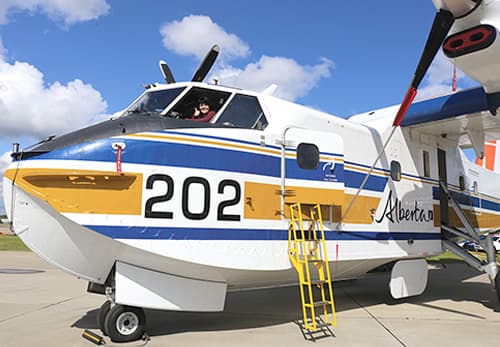
AIR SUPPORT
Specialized Aircraft Provide Support
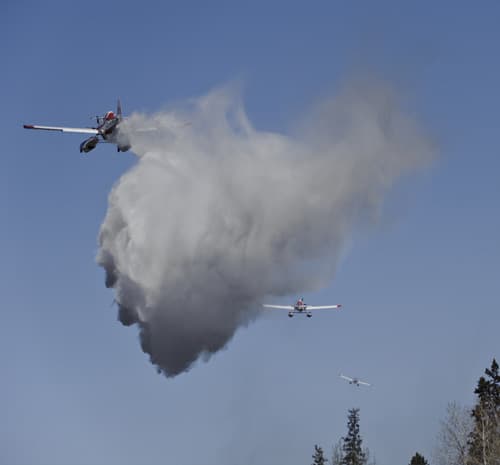
ARC
Animal Rescue Efforts
In the span of six days, the ARC rescued more than 300 animals left behind during the evacuation.
